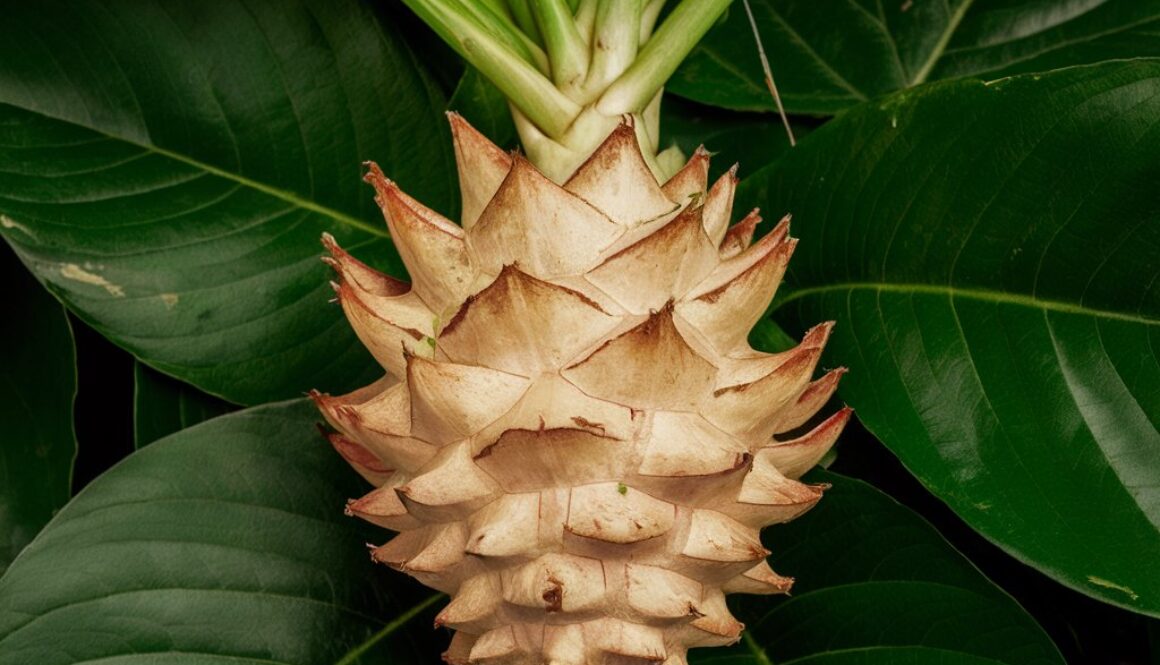Greater Galangal
hello Blog Greater Galangal benefits, Greater Galangal care, Greater Galangal culinary uses, Greater Galangal cultivation, Greater Galangal growing conditions, Greater Galangal harvesting, Greater Galangal herbal remedies, Greater Galangal in cooking, Greater Galangal medicinal properties, Greater Galangal plant, Greater Galangal propagation, Greater Galangal rhizomes, Greater Galangal soil requirements, Greater Galangal spice, Greater Galangal uses 0
Greater galangal, scientifically known as Alpinia galanga, is a rhizomatous perennial plant belonging to the ginger family. Native to Southeast Asia, it is widely cultivated in tropical regions for its culinary and medicinal properties. Commonly referred to as “Thai galangal” or “Lengkuas,” this herbaceous plant has a spicy, pungent flavor and is a staple ingredient in various Asian cuisines.
Part Used: The rhizome, or underground stem, of the greater galangal plant is the main part used for its culinary and medicinal purposes. This rhizome is knobby and aromatic, with a pale yellow to brownish exterior and a white to pinkish interior. It is rich in essential oils, flavonoids, and phenolic compounds that contribute to its unique flavor and therapeutic properties.
Usage: Greater galangal is prized for its culinary uses, particularly in Southeast Asian cuisines such as Thai, Indonesian, and Malaysian. It adds a distinctive aroma and flavor to dishes, similar to ginger but with a more pronounced citrusy and peppery note. The rhizome is often used fresh, sliced or grated, in soups, curries, stir-fries, and marinades. In traditional medicine, greater galangal is valued for its digestive and anti-inflammatory properties. It is used to alleviate digestive issues such as bloating, gas, and indigestion, and is believed to have antimicrobial and antioxidant effects.
Agrotechniques: Cultivating greater galangal requires a warm, tropical climate with well-drained soil and ample moisture. The plant thrives in partial shade and is typically propagated from rhizome cuttings or division. Planting is done in prepared beds or containers, with spacing to allow for rhizome expansion. Regular watering and fertilization with organic matter promote healthy growth and rhizome development. Harvesting of greater galangal can be done once the rhizomes have reached maturity, usually after 9 to 12 months of growth. Care should be taken during harvesting to avoid damaging the rhizomes, which can be stored fresh or dried for later use.

